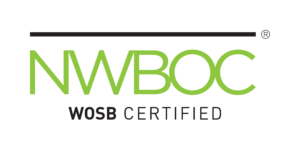In the challenging executive workplace of today, more and more busy professionals are turning to executive writers and coaches to assist them in developing their application materials.
We have worked with more than 3,000 GS-15s, corporate executives, and senior military officers over the past two decades, and we are well known at the highest levels of numerous government agencies. Still, some people don’t understand the role (and benefits) of an SES writer and coach.
Although it is a highly personalized, interactive, and dynamic service that varies based on each person’s unique personality, writing style, education, and career accomplishments, here are some of the main aspects of the coach/client relationship.
Client Assessment: First, the coach will help the client to decide if he or she is qualified to apply for a particular SES position, or for the SES in general. This part of the process includes a review of career documentation to assess the client’s strengths (and weaknesses) in the various leadership competencies. Additionally, the coach and client may hold several phone calls to determine the best path to the SES.
Information Gathering and Coaching: Once they agree upon a game plan, the coach sends out custom ECQ and TQ builders, and a resume questionnaire. These documents require the client to provide specific career stories, examples, and information. Throughout this period, the coach guides the client through filling out the builders, and telling the right kinds of stories that address the competencies and are executive in nature. This guidance comes in the form of written feedback and phone conversations, as needed.
Writing and Editing: Once the writer has all of the information from the client, to the writer helps revise and streamline everything to make the client’s unique career stories read as smoothly and effectively as possible, while also ensuring that the documents integrate the best practices that OPM likes to see (such as strong emphasis on the ECQ competencies, Challenge-Context-Action-Review format, recent and relevant examples, and proper formatting/character counts).
Project Review: Once the first drafts are complete, the writer delivers them to the client for review and approval, and makes any changes the client might want. When the client is satisfied that the package represents them accurately, it’s time to start applying!


